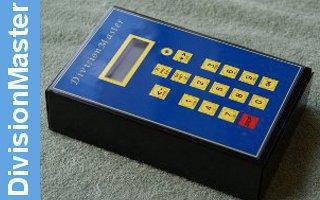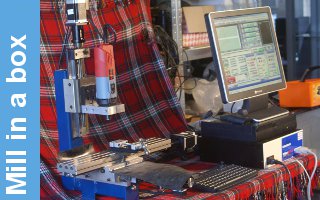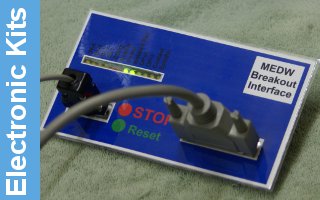HRP Boiler
Since the Plastow book was written, there have been many changes in the law in the interests of safety but the main one of interest to model engineers at this point is the Pressure Equipment Directive 97/23/EC ( for those of us resident in the European Supermarket ). This is one of the 'New Approach' Directives designed to harmonise safety requirements and allow free movement of goods. It is the exclusions that highlight the all encompassing nature of this legislation, such as '17 - bottles or cans for carbonated drinks for final consumption' and '20 - radiators and pipes in warm water heating systems'. In the second case, the directive could still be said to apply to pressurised water heating systems, as the magic figure is 0.5bar of pressure, and no definition is applied to warm. There is an assumption that, and many people still refer to it as, the boiler directive, when it actually applies to all parts of the system where a pressure of greater than 0.5 bar is maintained, which should cover the cylinder as well if you have a powerful model.
So that is the bad news, so now the good news. Following an amendment to the 'Statutory Instrument' in 2002, home built boilers are exempt from the regulations, while commercially supplied boilers must be correctly certified and documented before they can be sold. While steel boilers have been available since the regulations came into force, in June 2003, a number of the remaining hurdles had been crossed, and currently both copper and steel boilers can be obtained from a range of suppliers. (See the Parts Suppliers list).
While boilers built by amateurs are exempt from the regulations, it makes sense to follow the guide lines laid down by the regulations when building a boiler, and boiler testing will include additional safety checks. Provided that the boiler has a current test certificate, selling on is permitted as long as the model has been used privately since it was built. The amendment to the regulations classifies models ( and I believe parts ) manufactured after the May 2002 reference date, which are not being traded commercially, to be sold on as required. This is referred to as the widows clause as it allows the estate of a deceased modeller to be sold by his/her partner without falling fowl of the first appearance in the market rule. The regulations were always intended to cover the trading of pressure equipment, and so once the 'loopholes' that caught model makers where identified they were addressed.
The effect on commercial boiler builders has been an increase in costs, and this was one of the problems that has cause such an uproar over the last couple of years. Certainly the cost of steel boilers jumped up as a result of the additional testing, but copper boiler manufacturers had more trouble since they were not able to obtain the correct documentation from their material suppliers. The first step on the paper trail. In addition, the identification of a Notified Body who actually understood the nature of copper boilers was also a hold-up. It is understood that the DTI have made funds available to meet some of the cost of this process, so that the price increases due to the costs should not be as bad.
We will add some more detail on the exact details of the ped later. In the meantime, although the Plastow notes are over 30 years old, we can still refer to them for home built boilers








